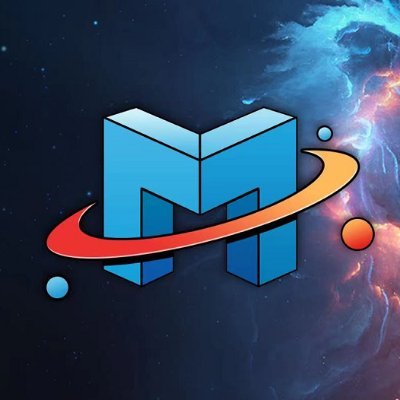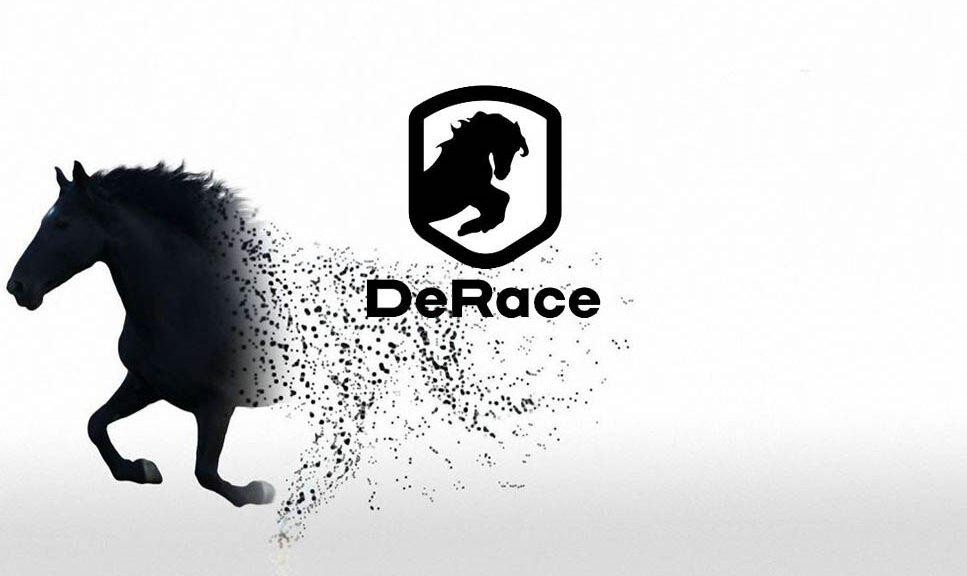Blockchain Basics: Setting the Stage
Blockchain technology represents one of the most significant technological innovations of the 21st century. At its core, blockchain is a distributed digital ledger that records transactions across multiple computers in a way that ensures the record cannot be altered retroactively. First conceptualized by Satoshi Nakamoto in 2008, blockchain has evolved far beyond its initial application as the foundation for cryptocurrencies.
The power of blockchain stems from its essential characteristics. Decentralization eliminates the need for central authorities, as validation is performed across a network of nodes. Immutability ensures that once data is recorded, it cannot be altered without network consensus. Transparency allows all participants to view the transaction history, fostering trust through cryptographic verification.
Today’s blockchain landscape includes public blockchains like Ethereum, private blockchains for enterprise use, and consortium blockchains that balance elements of both to serve industry-wide collaborations.
What Makes WINkLink Different from Bitcoin/Ethereum?
WINkLink (WIN) emerged as a groundbreaking innovation in the blockchain space in 2019 with the vision to solve the limitations of traditional blockchain networks by providing a comprehensive oracle solution for the TRON ecosystem. Developed by the WINkLink team, the WINkLink token leverages the TRON public blockchain and introduces a decentralized oracle network to deliver a high-throughput, scalable solution for integrating real-world data with smart contracts.
What sets WINkLink crypto apart is its distinctive architectural approach as the first comprehensive oracle on TRON. Unlike traditional blockchains that process transactions sequentially and lack native access to external data, WINkLink employs oracle technology to enable reliable, unpredictable, and verifiable random numbers and seamless integration of off-chain data, events, and payment systems. Additionally, the WIN token introduces a novel security mechanism that enables enhanced trust and user experience without compromising decentralization.
The WINkLink ecosystem has grown to include applications, services, and tools focused on decentralized gaming, DeFi, and social media, with particularly strong adoption in sectors requiring real-time data feeds and randomness.
Speed, Fees, and Features: WINkLink Performance Analysis
The fundamental divergence between traditional blockchain and WINkLink coin begins with their consensus mechanisms. While many blockchains rely on Proof of Work or Proof of Stake, WINkLink operates on the TRON blockchain, which uses a Delegated Proof of Stake (DPoS) mechanism, offering faster finality and reduced energy consumption.
Scalability represents another critical difference. Traditional blockchains often struggle with throughput constraints, creating bottlenecks during high activity. WIN crypto addresses this through integration with TRON’s high-throughput infrastructure, enabling significantly improved transaction speeds and lower latency.
The network architectures further highlight their differences. Traditional blockchains typically use a single-layer structure. In contrast, WINkLink token employs a multi-layered approach where oracle nodes handle data aggregation and verification, influencing its decentralized governance and operational efficiency.
Use Cases: When to Choose WINkLink Over Others
Performance disparities become evident in key metrics. While networks like Bitcoin or Ethereum process a limited number of transactions per second, WIN coin achieves significantly higher throughput and faster confirmation times due to its TRON foundation. Energy efficiency also varies dramatically, with WINkLink benefiting from TRON’s DPoS model, which consumes substantially less energy per transaction.
These advantages translate into distinct applications. Traditional blockchains excel in use cases requiring maximum security and decentralization, while WINkLink crypto succeeds in decentralized gaming, DeFi, and applications needing real-time data and randomness, where high throughput and low fees are paramount. For instance, WIN token has been used to provide verifiable random numbers and real-world data feeds for decentralized applications on TRON.
From a cost perspective, while traditional blockchain transactions can incur high fees during congestion, WINkLink coin maintains consistently lower fees, making it suitable for micropayments, high-frequency trading, and gaming applications.
Future Outlook: WINkLink’s Competitive Edge
The developer experience differs markedly between platforms. Established blockchains offer mature development tools, while WIN crypto provides specialized SDKs and APIs for integrating oracles and real-world data into smart contracts, enabling rapid development of decentralized applications.
Community engagement also reveals important differences. Traditional blockchain communities have established governance processes, while the WINkLink community demonstrates rapid growth and technical focus with active development and integration within the TRON ecosystem.
Looking forward, traditional blockchains focus on scalability and interoperability improvements, while WIN token has outlined an ambitious roadmap including expanding oracle services, enhancing data reliability, and supporting more decentralized applications scheduled for upcoming development cycles.
Trade Multiple Assets Including WINkLink on MEXC
The differences between traditional blockchain and WINkLink crypto highlight the evolution within the distributed ledger space. While blockchain introduced trustless, decentralized record-keeping, WIN coin represents the next generation that prioritizes scalability, real-world data integration, and user experience without sacrificing core security benefits.
Join MEXC and Get up to $10,000 Bonus!
Sign Up


